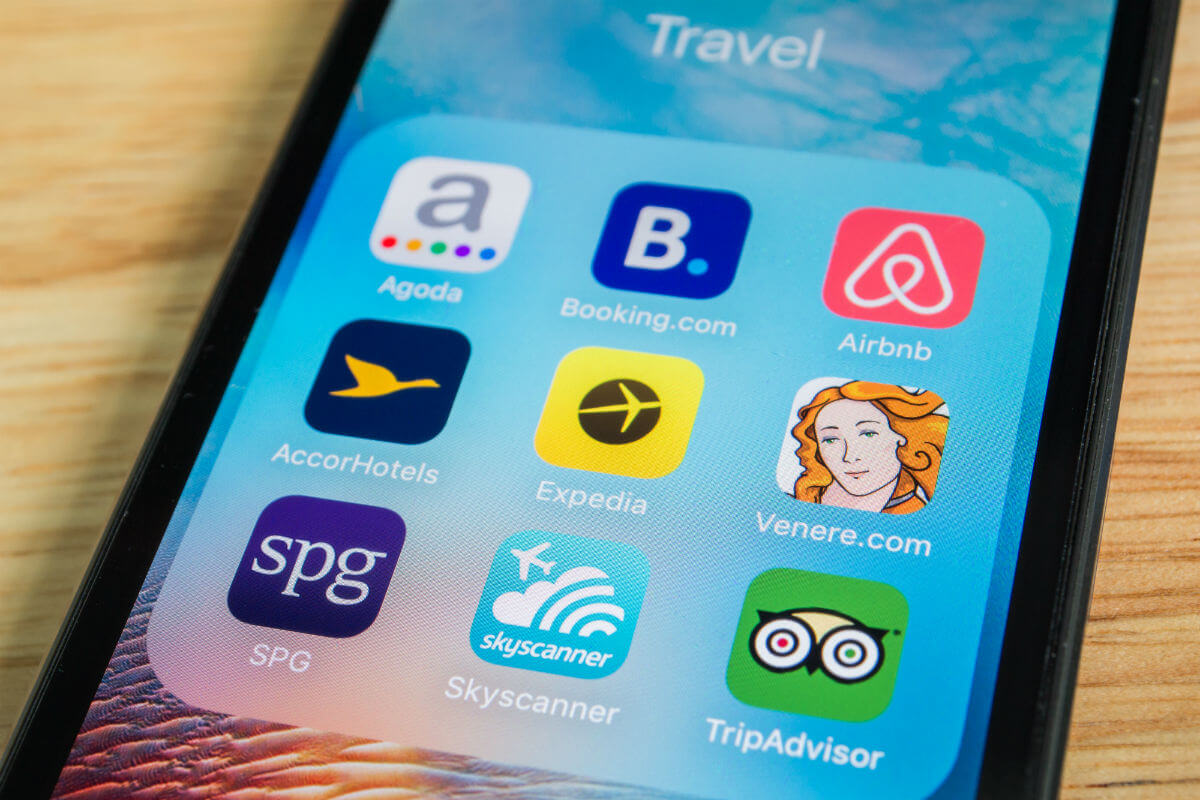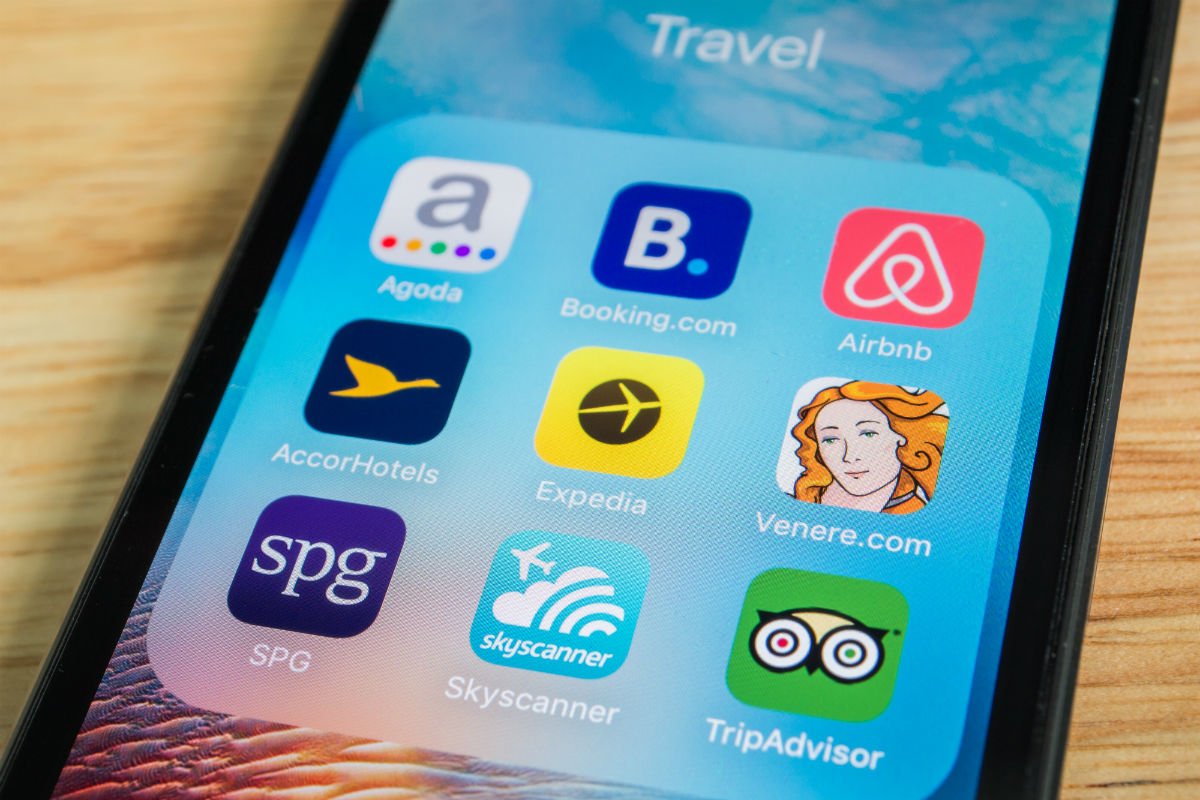Social media produces a torrent of feedback and opinions. If you?re going to capitalize on this information, you need data science.
Social media has become a prime channel for businesses to interact with their audiences. But it?s also presenting something of a problem because of the sheer volume of information.
The average Internet user has around five different social media accounts. Millions of messages are sent every single day, to say nothing about images, videos, and other types of input. That?s a lot of data being generated.
We all know that listening to social media is important, but no one can possibly comb through all that input. Would you like to be the person who counts every Tweet mentioning your brand? Or what about the one who monitors the brand Facebook page 24/7? How about just taking care of the trend monitoring, influencer analysis, or data segmentation?
No? No takers? That?s fine; we have social listening tools to handle this for us. But without machine learning, these tools? effectiveness is very limited.
How Machine Learning Improves Social Listening
The beautiful thing about machine learning is that you can program it to find things, but you don?t have to tell it precisely where to look. Your entire social media data set can be analyzed for sentiment, customer satisfaction, etc. You can use machine learning to identify which part of the sales funnel generates the most conversations, or you can scale it down to the individual level and analyze what social media activity leads to specific sales.
With this in mind, let?s look at four areas where machine learning is or will be hugely helpful in a social listening context:
- Processing Data: Internet-connected devices are on track to increase from 15.4 billion in 2015 to a forecasted 75 billion in 2025. [Source: Statista.] This is expected to converge with social media, resulting in social IoT applications that could, for example, automatically post updates to a user?s social media. (Fitbit users already have a similar option that posts their fitness stats on their social media profile.) If devices start posting updates, imagine how much additional data will need processing!
- Intelligent Data Extraction:Â There?s a lot of ?noise? in collected data bits of information that are superficially similar but quite different (like ?shell? the beach souvenir and ?Shell? the oil company). Machine learning can recognize which data is important and ignore the rest.
- Image and Video Analysis:Â The clear majority of images with a brand item in them don?t have a text reference to the item. Machine learning can be trained to recognize logos and analyze how and where people use your product. This can also be used to measure the performance of ads and sponsorships.
- Sales and Marketing Funnel Attribution:Â Marketing is divided into several stages that describe where a person is in their buying journey: brand awareness, prospect, etc. Machine learning can identify where each social media contact is on their journey, which allows the company to tailor its message to that customer. In the big picture, this also optimizes the allocation of resources.
Social media is a rich source of insight, but only if you have the technology to capture and process it. It?s already a diverse field, with billions of devices and thousands of channels. We expect the future to add to the complexity, volume, and variety of social media data. Without a machine learning component, businesses that engage in social media listening will never reap the full benefits.
Related Absolutdata products and services: Big Data Analytics services, Marketing Analytics services, Customer Analytics services, Tech, AI & Data Sciences































